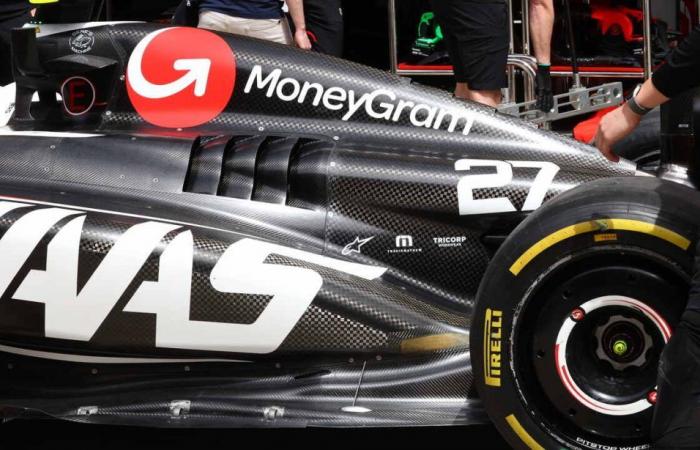By Carlo Platella
For Formula 1, the next big regulatory revolution is approaching, with teams able to start working on new cars starting next January. On the eve of the Canadian Grand Prix the Federation had released the renderings of the 2026 single-seaters, and then published the technical regulations between the races in Spain and Austria. However, although the documents are now in the public domain, the FIA itself is working on the teams to change some aspects on the fly.
Problems to solve
The 2026 regulations arise from the ambition of a Formula 1 powered by power units with 50% of the electric power. Hence the need for aerodynamically efficient cars to reduce consumption, which has led to the use of active aerodynamics at both the front and rear, generally focusing on cars with a load and aerodynamic resistance lower than the current ones. The initial draft of the new regulations has received several criticisms from team leaders, with general dissatisfaction towards cars that will be slower on the corners but too fast on the straights.
The Federation therefore allowed the teams to carry out partial simulations on the 2026 cars, despite the ban on drawing up the projects before next January. “The FIA has allowed it to be done a minimum of analysis on a model given by themso that we can get an idea and give them feedback on how to evolve the regulations”tells to - Andrea De Zordo, Haas Technical Director. “Right now there is a lot of work between this little data and moving towards a regulation proposal. I imagine there will be other iterations before we go in a direction that satisfies everyone.”
Important changes
Listening to feedback from industry insiders, the impression is that the new regulations will undergo much more than small corrections. “I think it will change a lot”, continues De Zordo. “It is not yet clear, there is still a lot up for discussion. […] But we are still too far behind the times to know where we will end up.” The priority is to arrive at a definitive version of the regulation by the end of the year, considering that work on the new cars will have to start in January. These are important months that lie ahead for the FIA and that will shape Formula 1 in the coming years.






